Had a lotta free time the past few weeks, which has largely been spent birding or playing around on the puter.
Anyroad thought I would summarise birding hilights of the past few weeks, since i got back from the UK.
Hiroshima Castle/Shukkein Garden/Ushita
The two best birds have been Manchurian Bush Warbler and Yellow-browed Warbler, neither of them found by me So if you wanna see pics you are gonna have to go Sumida-san's great website at the following link.
http://darrowby.seesaa.net/article/37113241.html
A small brown phylloscopus warbler was also heard and seen briefly in the last week, but could definitely not be identified, though Dusky Warbler sems most likely.
Other birds of note were a Great Spotted Woodpecker at Hiroshima Castle, a possible first for the site and cetainly an incongruous sight in the city center! Unfortunately it never stayed long enough in one place to have it's photo taken.
There has also been several Brambling, Oriental Greenfinch, Red-flanked Bluetail, Hawfinch, Japanese Grosbeak, the odd Naumann's Thrush among the Duskies, as well as flyover Osprey, the early morning roosting female Peregrine on the nearby Rhiga Royal hotel, a fluctuating flock of Tufted Duck and Pochard, with the odd view of Grey Heron, Little Egret and Kingfisher thrown in for good measure and the odd fleeting visit from Black-backed, Japanese and Grey Wagtails. The number of Daurian Redstart has fallen in the last week, although there was a high count of 8 at Hiroshima Castle, perhaps a small fall after a heavy night of rain. The only other raptor was a probable Eurasian Sparrowhawk diving into cover and narrowly missing a Rufous Turtle Dove.
A short trip to the mountain behind my house turned up a few nice birds - 7+ Japanese Waxwing, 1 Red-flanked Bluetail, 1+ Siskin, 2+ Grey Bunting and 2-3 Rustic Bunting.
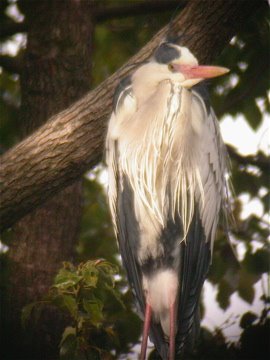


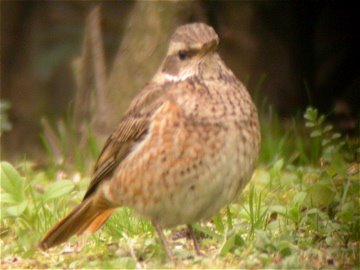




Otagawa
I have been regularly checking the gull roost on the Otagawa river in the hopes of finding a white-winged gull, but only come up with odd hybrid birds among the Vegae, Heuglin's, Mongolian, Kamchatka, Black-tailed and Black-headed gull. The Long-billed Plovers departed at the end of February at Suimon Bridge and have finally been replaced with two pairs of Little Ringed Plovers. There have been several Osprey fishing, as well as the ubiquitous Black Kite but no other raptors of note. he star passerine was a male Brown Thrush a few weeks back, which I got a bad photo of. They have been scarce this winter in Hiroshima. There have aso been a few Reed Buntings present and today I found 3+ Chinese Penduline Tits. Other passerines are few, but include Black-faced Bunting, Meadow Bunting, Daurian Redstart, Olive-backed Pipit, Japanese Skylark, Brown-eared Bulbul, Dusky Thrush and Pale ThrushThe heronry has been active since Mid-February and as well as having up to 500 Common Cormorant roosting there, I counted 55 Grey Heron nests today. 3-4 Little Egret seem to have moved in and will start nest-building. Up to 70 have been roosting regularly there too. No sign of any Night Heron or Great Egret, but they tend to roost further upriver. They used to breed, along with Night Heron on another of the islands, until someone or perhaps the local council in ther infinite wisdom decided to cut down the two small trees they used. Swallows are back in force, with mud-gathering already taking place, and they have been in residence for the past week in Hiroshima, though passing through since the 10th March. The only duck of note was a male Falcated Duck which joined the small Wigeon flock for a few weeks. There have also been small numbers of Gadwall, Teal, Spotbill Duck, Pochard and Tufted Duck.
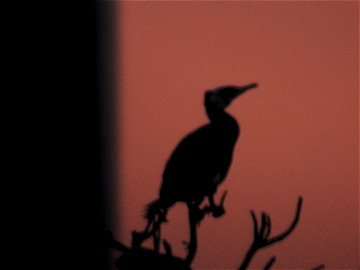









Yahatagawa
The river has been sluggish for birds as usual, as most birds continue to use the landfill area with large reclamation pond to roost and feed on. However, I have managed access to that pond twice and the numbers of ducks and other waterbirds has been good - Smew 1, 1 Goldeneye 1, Shelduck 6+, Red-breasted Merganser 11+, Scaup 280+, Black Scoter 4, mallard, 200+, Gadwall 100+, Wigeon 500+, Spotbill 50+, Shoveler 50+, Pintail 100+, Eurasian Teal 100+, Garganey 26, Pochard 50+, Tufted Duck 30+, Coot 400, Moorhen 1, Red-necked Grebe 1, Great Crestd Grebe 70+, Black-necked Grebe 2+, Little grebe 20+, Water Rail 1-2 calling. On the passerine fron there are the usla assortment of Reed Bunting, 3 commoner wagtail species, Buff-bellied Pipit, Dusky Thrush, Daurain Redstart, Fan-tailed Warbler, Japanese Skylark and since the 10th March increasing numbers of Swallow. The only raptors are up to 7 Osprey, the ubiquitous Black Kite, a female Kestrel and an immature Peregrine. A few waders were noted in recent weeks - 2 Little Ringed Plover, Pacific Golden Plover, Greenshank, Dunlin and Kentish Plover.





Mitaraigawa/Hatsukiachi
This small river has been hosting the only Saunder's Gulls this winter, with up to 7 birds, along with 500+ Black-headed Gull and the odd Vegae and Heuglin's Gull. Not much else of note here except small numbers of Wigeon, Pintail anf the usual assortment of common passerines. A brief view of 7 or 8 japanee Waxiwing was also obtained at the end of February.





Ohno Town
A visit to a dam famous for Chinese Merganser, was too late for them, but did turn up an assortment of passerines, including an unidentified phylloscopus warber, with good numbers of Yellow-throated Bunting, Red-flanked Bluetail, and Rustic Bunting and Osprey. There was also no sign of the immature White-tailed Eagle photographed here in mid-January. The only rptor of note being a Buzzard over the nearby hills. The nearby nature reserve did have about 20+ Mandarin and a pair of Bullfinch, but not much else of note. However, the pictures inside the center revealed a Japanese Night Heron picture taken in Mid-June last year, as well as Jungle Nightjar and Chinese Merganser.
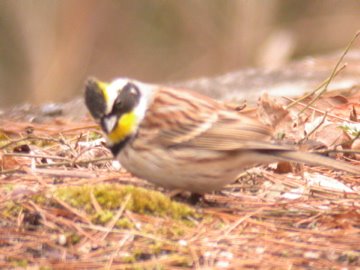


Minami-Iwakuni
This site has been quite productive in terms of waders with the following high counts in recent weeks - Common Sandpiper 4, Green Sandpiper 2, Wood Sandpiper 2, Temminck's Stint 2, Grey Plover 1, Dunlin 5, Far Eastern Curlew 2 (though 42 seen by Sumida-san), Marsh Sandpiper 1, Spotted Redshank 1, Black-winged Stilt 4, Ruff 2, Common Snipe 50+, Swinhoe's Snipe 2, Japanese Snipe 1, Grey-headed Lapwing 2, Northern Lapwing 6+, Little Ringed Plover 30+ and a dowitcher sp. No godwits or Whimbrel as yet, though they have been reported from other sites in the Prefecture. Other birds of note in recent weeks - Ruddy Crake 1, Water Rail 2, Shelduck 6, Red-throated Pipit 7+, Peregrine 1 male, Chinese Penduline Tit 10+, Reed Bunting 50+, Swallow 100+. Birds seen by others here, but not me in recent weeks - Eurasian Starling and Common Redshank (scarce in Japan). Hopefully the coming weeks will bring in some more interesting birds.


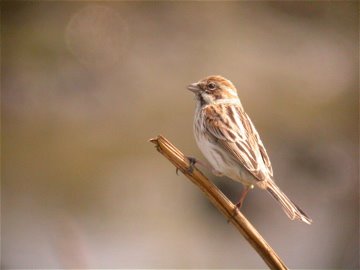

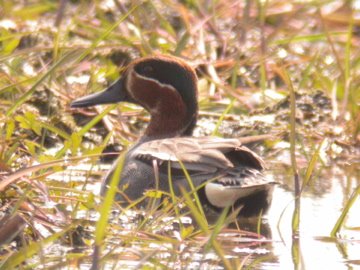


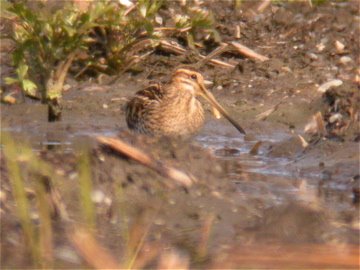

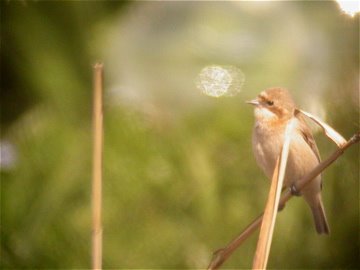

Ryokka Center
This site had been rather quiet over the winter period, with Saijo-cho having more birders and photographers visiting as up to 100 Palla's Rosefinch (some estimate 200!) in that area, with lesser numbers of Rosy Finch and Long-tailed Rosefinch too. However, I was able to find 3 Palla's Rosefinch one one visit, as well as 4+ Long-tailed Rosefinch, Yellow-throated Bunting, Peregrine, Bullfinch, brief views of a Copper Pheasant, Siskin 1+ and the 4 woodpecker species (Japanese Green, Pygymy, great Spot and White-backed) among a comoner selection of passerines.


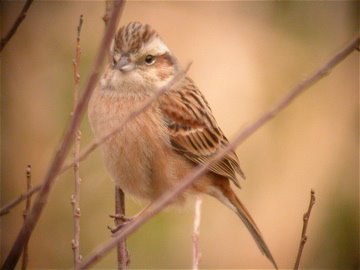
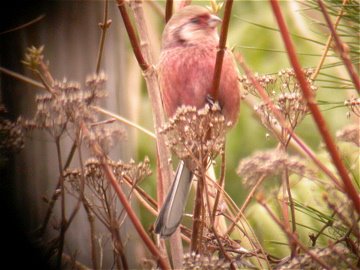


Nabara Town
After a pair of Scarlet Rosefinch were reported here a few days before I deceided to look for them, but was unsuccessful. Birds of note were a Japanese Green Woodpecker, 30+ Siskin , 20+ Rustic Bunting, 10+ Yellow-throated Bunting, 4+ Eurasian Jay and a 'drumming' Copper Pheasant.




Roll on spring!
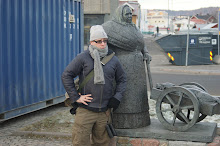
No comments:
Post a Comment